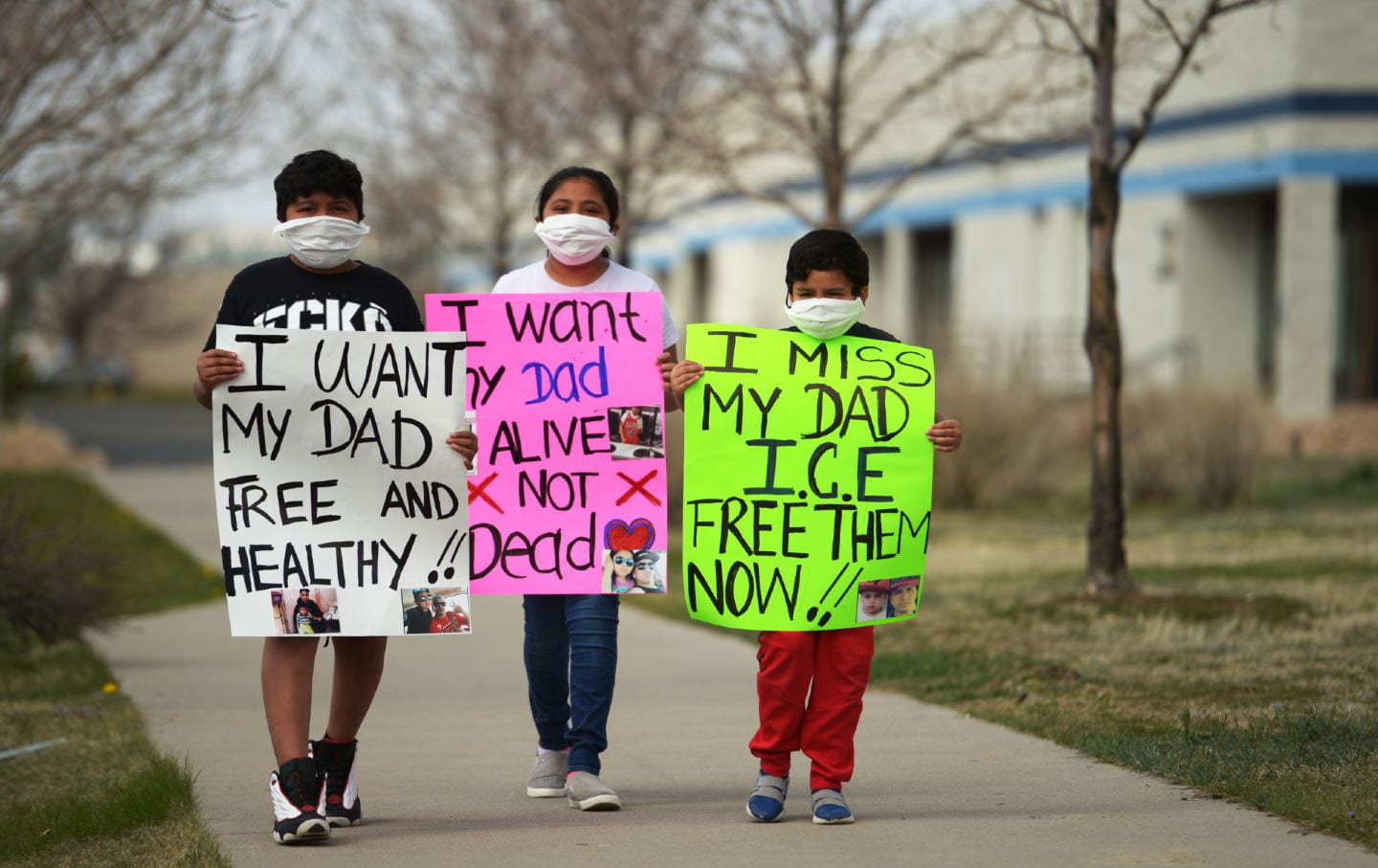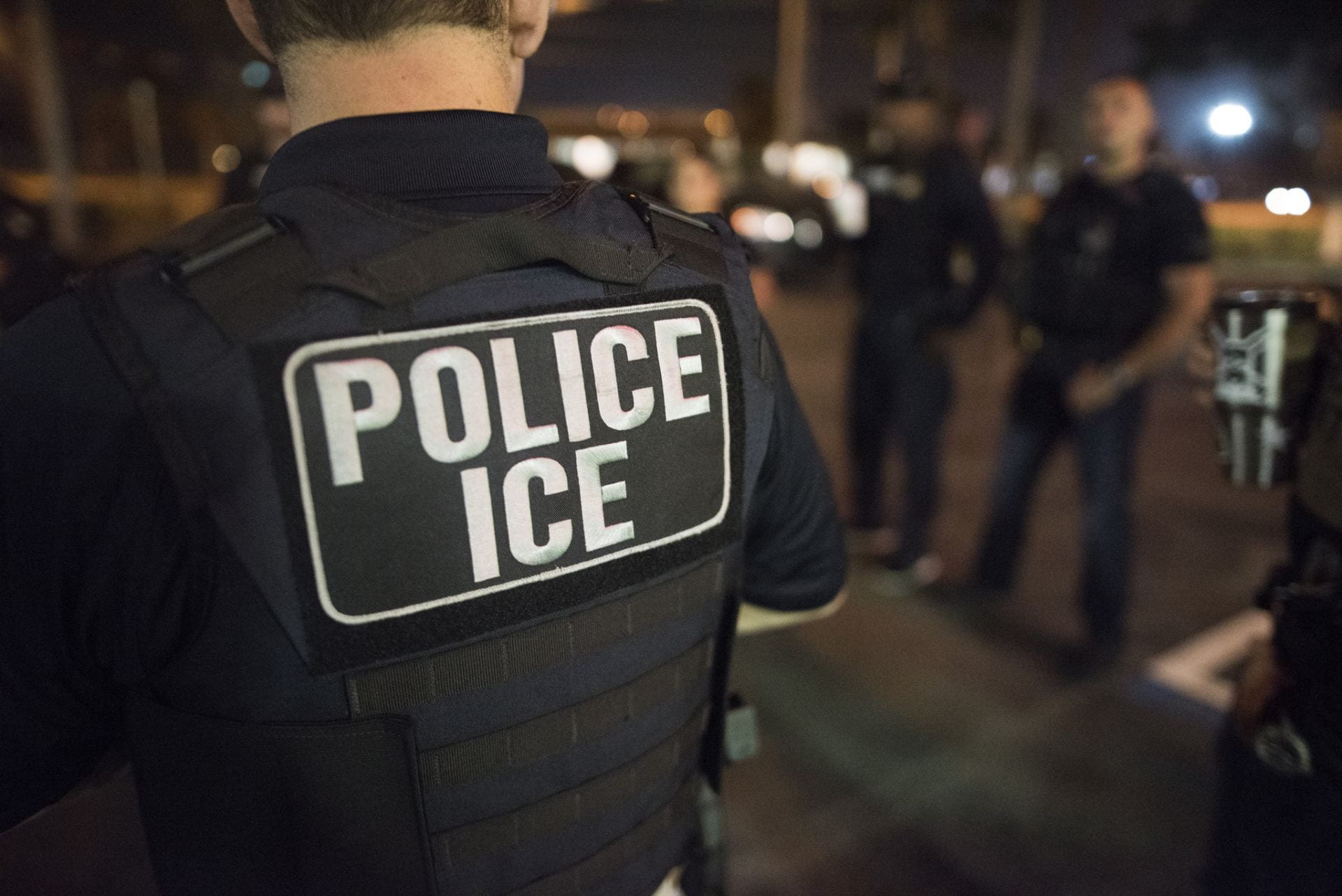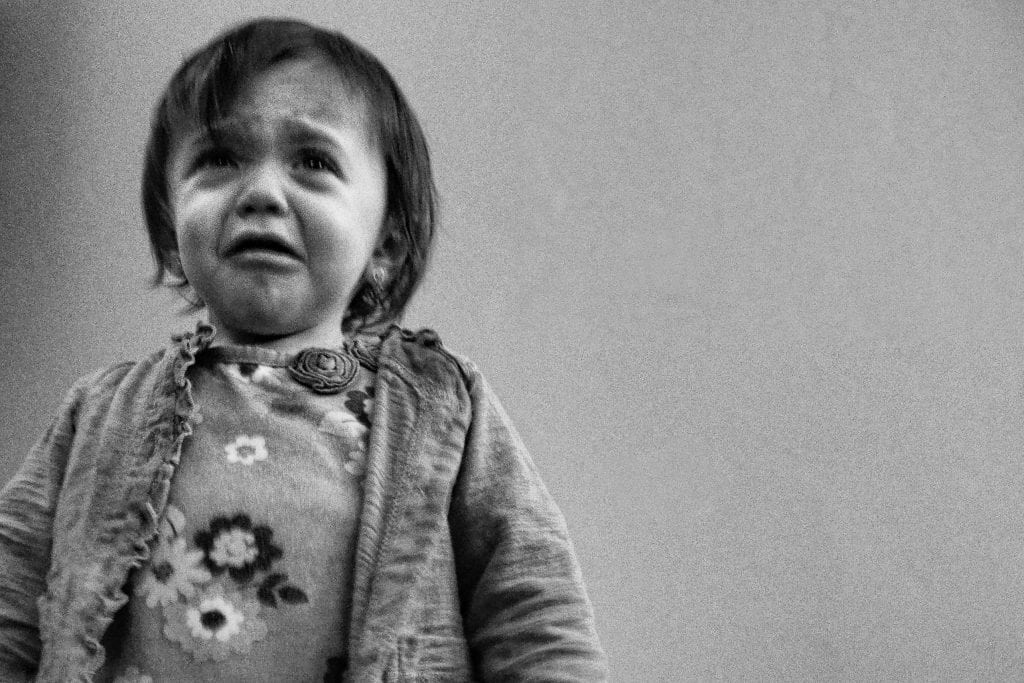
On a visit to a private United States Immigration and Customs Enforcement (ICE) facility in Texas, a reporter met with Philip, an immigrant from the Democratic Republic of Congo, to speak about the conditions of ICE facilities amid the coronavirus pandemic. Philip recalled his experience, telling the reporter that ICE does not “pay attention to the rules,” and “agents do not wear masks and do not respect quarantine.” Furthermore, he shared that the agents claim “health isn’t ICE’s responsibility.”
How severe is the risk of COVID-19 in the ICE facilities?
After hearing about the first warnings of COVID-19, Chris Beyrer, MD, Desmond M. Tutu Professor of Public Health and Human Rights, highlighted the potential for catastrophic outbreaks of the virus in America’s jails, prisons, and immigration detention centers. His background in epidemiology and research on infectious diseases in prisons gave him the credibility he needed to make such a grave claim. Additionally, in Wutan, China, where one of the first big outbreaks of COVID-19 was, prisons and jails had all the red flags that worsened the spread of COVID – indoor facilities, crowded populations, and hygiene challenges. This was more alarming to Breyer since he was aware of America’s densely populated facilities and their lack of preparedness in handling a pandemic.
Breyer was approached by a group of lawyers working with five older Latina women in the El Paso ICE facility; the women, in addition to their age, had at least one preexisting condition, such as diabetes and hypertension, putting them at a greater risk of becoming severally ill if they were to contract COVID. The lawyers sent Breyer detailed plans of the facility and housing arrangements, and Breyer’s team concluded that ICE could not protect the five women; they would be at high risk if they were exposed. The case reached a federal court where the judge ordered the release of all five women, who fortunately had family in the U.S., so they could go home. The judge’s ruling cited the irrefutable scientific evidence and explicitly said that ICE had failed to prove that they could protect the women from exposure. This precedent itself sets the standard for any other case that emerges during COVID in relation to ICE and the safety of a detention facility amid a pandemic.

What else has ICE been doing amid a pandemic?
The sad part is that this unsanitary environment was present prior to the pandemic. In a 2019 inspection of ICE facilities by the Department of Homeland Security (DHS), the report says the DHS found “egregious violations”: moldy bathrooms, food safety issues, lack of hygiene items, and inadequate medical care. If these problems existed pre-pandemic, there is no guarantee that ICE has improved their filthy detentions’ environments. Though the ICE website has posted that it is abiding by CDC guidelines, there is no solid proof of such changes. Instead, ICE’s ongoing deportation flights have not ceased. Since January, over 450 deportation flights to fifteen countries in Latin America and the Caribbean have taken place. Eleven of these fifteen countries have confirmed that deportees returned with COVID-19. Since March, ICE has arranged 180 flights from detention centers in hotspot states – Texas, Arizona, California, and Florida – to the Northern Triangle and Mexico. Cases across the region in March jumped from few to thousands, which has been worsened by the deportations of COVID-positive immigrants.
A Call to Action
Amy Zeidan, an assistant professor of Emergency Medicine at Emory University, called for ICE to comply with mandatory CDC guidelines and release as many people as possible from immigrant detention. It has also been suggested to do three things in the meantime to fix the underlying structural issues that have worsened the spread of COVID in detention facilities: “increase COVID-19 screening and mass testing; improve access to medical care outside of ICE facilities for COVID-19 positive detainees; [and] implement systematic investigation into ICE facilities in violation of other guidelines.”
Homeland security is something that everyone cares about. But if America needs to cage immigrants in unsanitary, filthy conditions where they are at a greater risk of dying, then the DHS and ICE need to rethink their stance and their treatment of people who have immigrated to the United States. This pandemic affects everyone, but it can be mitigated with the correct precautions. People like Philip who witness such malnourishment within ICE facilities do not deserve to be treated with such cruelty.


